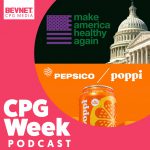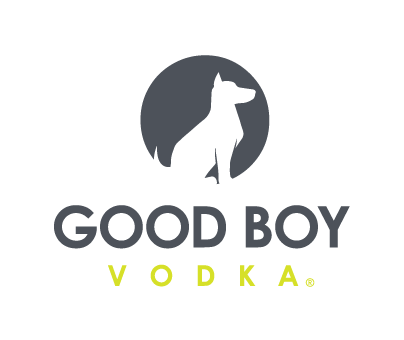Upcycling May Solve Food Waste Tomorrow, But Is It Worth the Cost Today?
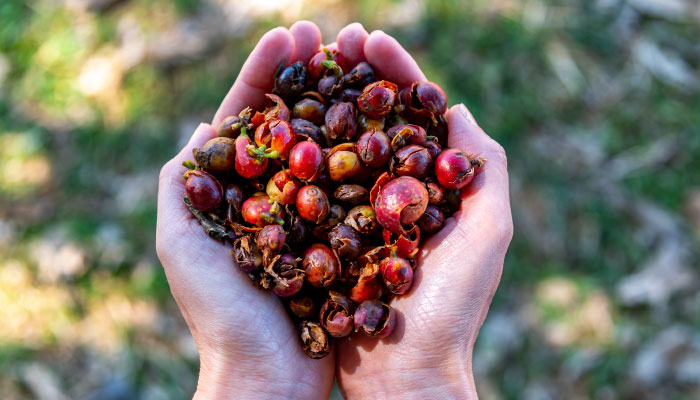
Can upcycled food change how the world eats? As with seemingly every global challenge, it largely depends on how much it costs.
Interest is growing for CPG brands to upcycle food industry byproducts that traditionally are discarded or go unused and reprocess them into new ingredients, food or beverages. But so far, the economic benefit for reducing waste hasn’t exactly caught up to the added costs incurred by converting those upcycled materials into finished products.
Here’s the financial incentive behind the move: While estimates fluctuate, about 30% of edible products made by an individual food company ends up going to waste, said Turner Wyatt, CEO at Upcycled Food Association (UFA). “If 30% of your workforce was just wasted every day, there would probably be a pretty strong effort to reduce that waste,” Wyatt added.
The concept is in play among some food industry leaders, who are hoping to find revenue from a waste stream and market those products as environmentally sustainable. Beer giant Anheuser-Busch InBev created ingredient supplier company EverGrain and has a line of upcycled barley flours under the EverPro brand. William Sonoma’s private label Seed and Harvest boasts upcycled ingredients in three baking mix SKUs and plant-based dairy producer SunOpta has spun off an oat protein brand, OatGold, using upcycled byproduct from its oat milk production.
To move upcycling from a niche sustainability trend to a widely adopted, financially viable practice for major food producers, advocates will have to weave together a complicated system of partnerships, supply chain innovation and creative marketing.
Demand Is Growing
The upside to reusing food waste is clear: according to food waste nonprofit organization ReFed, efficiency improvements could provide a $4.59 billion gross financial benefit (in cost savings and revenue) to the food industry.
In February, the UFA received preliminary approval by the USDA Food Safety and Inspection Service (FSIS) to put its certification on food labels. The association claims there is already a backlog of applications from food, beverage and ingredient makers to label products as Upcycled Certified.
The UFA is banking on certified products to drive consumer buying decisions and generate enough scale to lower the costs of upcycling. Around 70% of consumers aware of the Upcycled Certified label say it makes them more likely to purchase a product, according to a 2021 survey by the Hartman Group.
This lines up with a recent study by the Capgemini Research Institute, which reported that “consumer consciousness around food waste has more than doubled to 72% in two years compared to only 33% of consumers before 2020.”
As with traditional product sourcing, upcycling depends on a variety of factors. From transportation costs and the seasonality of the supply chain to the processing costs required to transform a byproduct into a new food product, upcycling is far from free nor easy to accomplish in a cost-effective manner.
Long Supply Chains: From Chocolate To Coffee
Two of the world’s most prolific agricultural products, coffee and cacao fruit, are traditionally grown far from the centers of coffee and chocolate production (and consumption). Both commodities are harvested for the seeds leaving the fruit, pulp, husks and juice as waste products, making them ideal candidates for upcycling – but also illustrating the difficulties in creating a scalable production model.
For cacao, estimates are that upwards of 70% of the fruit is wasted in conventional chocolate production. Beverage brand Xoca upcycles that waste into a syrup used to make a prebiotic soda that co-founder Jacob Lopata said creates a more efficient production model for cacao farmers.
The point of creating a healthy beverage from the wasted cacao fruit was not to find a cheaper functional ingredient for soda but to add value to cacao farming. Xoca eliminates a cost on the production side while also providing an additional source of revenue when commodity prices of cacao fluctuate and disadvantage farmers, he said.
“From an economic standpoint, it still has to work out that the ingredients are cost-effective enough for us to use in a product that we can generate decent margins. That’s the trick,” Lopata said. “There’s no huge economic windfall [for Xoca].”
It is not always easy. Cacao fruit juice is highly perishable, creating a tight window for the product to be processed and put into a stable syrup format for use in the soda. To further complicate matters, years of product development were needed to find ways to efficiently source the juice without disrupting the cocoa production process, during which some of the cacao fruit’s pulp and juice is required to ferment the beans.
Yet Lopata insists that the years of R&D have paid off with a stable syrup that can be sold as an ingredient for a CPG product – like Xoca’s Good Soda – while at the same time creating a more effective fermentation process for the cacao seeds used in cocoa production.
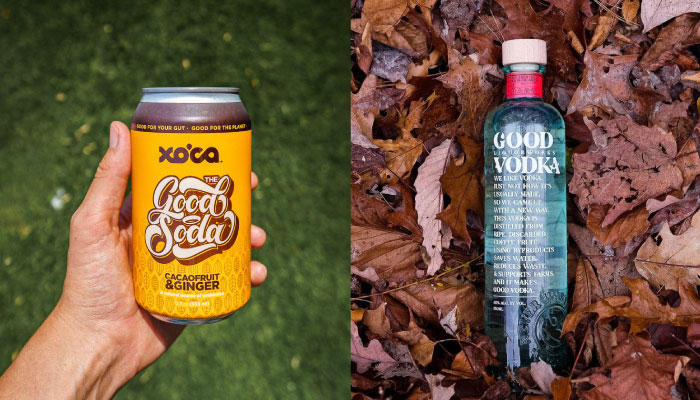
Upcycled spirit maker Good Vodka has faced similar problems sourcing cascara (coffee cherry fruit). Similar to cacao, cascara begins to ferment as soon as the cherries are cracked open to remove the valuable coffee beans.
It took seven years to get to market because the R&D needed to create an efficient production model was arduous, said Good Vodka founder Tristan Willey. Additionally, the brand needed to find a reliable supply chain for a seasonal commodity that could sustain the craft spirit’s production.
“We’re just a secondary industry to coffee production,” Willey said, but “the production hurdle for a small company is hard because we’re ordering things in small batches.”
The brand settled on a deal with the Colombian Coffee Federation that was mutually beneficial – the coffee fruit is processed into a syrup in Colombia and shipped in a stable form back for distillation in the U.S.
But that’s not the end of the chain. Scaling production is the most important path for Good Vodka to reduce its cost of goods down from about 70% to the 30% that Willey thinks it can eventually get to once the brand builds its own distillation plant. The goal is to get the vodka’s bottle price down to $13 so it can be approachable to any consumer, he said.
“Our cost of goods started out more expensive than our retail. We were taking losses in the bottles,” he continued. “But with scale and with better distribution we’ve been able to flip that on its head and will soon have the ability to produce something that competes with bulk made corn ethanol.”
Companies sourcing cacao fruit and cascara are not the only upcycled businesses factoring in transportation into their costs.
Innovation In Transportation and Manufacturing Is Key To Cost-Savings
Managing transportation costs is a persistent challenge for food and (especially) beverage brands. But when it comes to upcycling, moving a byproduct from one location to another for reprocessing can be a particularly weighty cost for many startups.
Oklahoma State University agricultural economist Rodney Holcomb pointed out that co-locating an upcycling processing facility within or next to a primary production plant is a trusted method of creating economic incentive.
“Historically it has been what we’ve done with all ag commodities, all wood commodities,” he said. “When you think of particleboard, where did they locate? Right next to the lumber mills because that’s where all your scraps come from?”
A joint venture between two companies allows for cheaper access to the primary product’s waste stream and brings down shipping costs. Or even better, larger food producers might buy out or create their own upcycling divisions.
“From an economic standpoint, that makes perfect sense. Minimize the transportation and ensure that you have all of that waste stream so no other competitor is going to come in and take it away from you or or outbid you for it because you are taking that product and turning it into a valuable co-product,” Holcomb said.
For upcycled brands, partnering with larger producers and co-locating can be one of the more cost-effective ways to upcycle ingredients.
To make its line of upcycled flours and baking mixes from the byproduct of plant-based milk production like soy and oat milks, Renewal Mill installs its own equipment in plant milk manufacturing facilities. Up-front costs are high but controlled in the long-term, while also reinforcing the company’s mission.
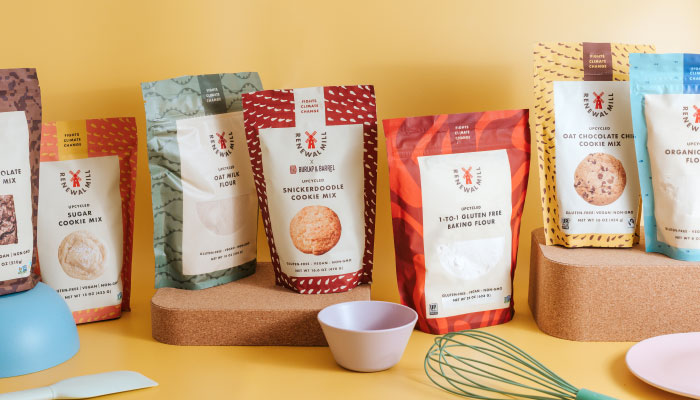
“The byproducts we’re sourcing, when they come off the manufacturing line, are about 80% water, so we’re trying to reduce the cost of having to ship around water,” said Caroline Cotto, co-founder of Renewal Mill and UFA board president. “The carbon footprint is something that we look at because this is supposed to be a better-for-the-planet product.”
One way to make up for the additional up-front cost is through selling as a premium product.
“We are selling this on multiple benefits. It’s the marketing benefit, sustainability benefit, the nutritional benefit, the functionality benefit, all of those things going into it are maintaining this premium price in the gluten free alternative flour space,” she said.
Currently, the brand is at price parity with other premium baking mixes in the gluten-free segment. Its organic okara flour is priced similar to coconut flour.
But as the brand expands, the goal is to bring the price down even further as the company scales, allowing Renewal Mill to compete with conventional flours and attract a value-based consumer as opposed to customers who will pay more for environmentally sustainable products, Cotto said, acknowledging it’s a long road.
“I don’t see a point, at least in the foreseeable future, where we’re going to be able to compete with something like a commodity wheat flour.”
Scale Will Determine Economic Incentives To Upcycle
There’s another way to create the economies of scale that will decide the financial viability and long term adoption of upcycling in the food industry, however: rather than leaving the production to the CPG brands themselves, some companies are trying to fuel the business by providing a suite of upcycled ingredients to those brands.
Upcycled Foods (formerly RegGrained) an early adopter of the practice, has been focused on scaling production and by building an ingredient company that can accelerate the upcycled food industry. The company had previously sold its own bars and puffs, but discontinued the lines after deciding selling its own CPG products was not a financially viable model. Instead, Upcycled Foods now focuses primarily on being an ingredient supplier.
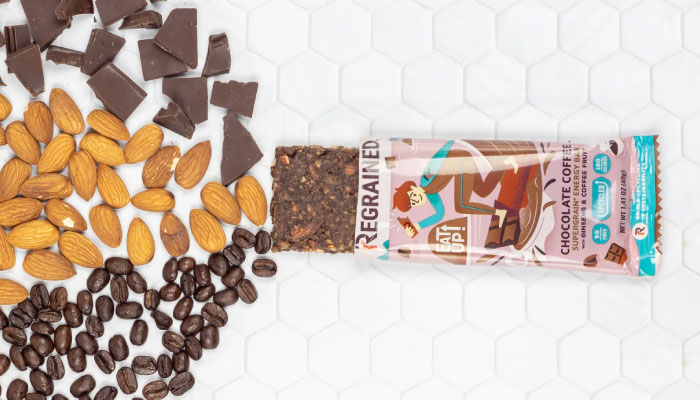
Currently, the company operates one factory where it primarily repurposes spent grain from breweries. But the plan is to expand to regional upcycling centers to bring the costs down on shipping, processing and, inevitably, build a network of ingredient producers that can better serve an upcycled food economy, co-founder Dan Kuzrock said.
Kuzrock insists that upcycled ingredients are unique and a lot of times have functional properties that make them not just a proper substitution for conventional ingredients, but a superior option. The company’s flagship ingredient, ReGrained SuperGrain, boasts high levels of prebiotic fiber, protein, and polyphenols that are not readily available in a traditionally milled grain for example.
More widespread adoption of these ingredients, in theory, will fuel more CPG products marketed as upcycled items and will push large food companies to consider upcycling within their waste stream.
Jonathan Deutsch, professor and founding director of the Drexel Food Lab as well as VP of the Upcycled Food Foundation Board of Directors, calls it a “game-changer” that major multinational ingredient suppliers are taking an active interest in upcycling and becoming members of the UFA.
“Startups sort of by design don’t have economies of scale. And don’t have a lot of the resources that the major multinational ingredients suppliers do,” he said.
Costs will lower significantly when product developers start to look for upcycled ingredients as solutions to flavors, starches or prebiotics. That kind of adoption will put the upcycling front-and-center of consumer buying habits and impact how large food companies budget waste versus upcycling.
“When we started our research into upcycle food, the industry conventional wisdom was still that consumers would react negatively to the idea of eating something that would otherwise be wasted,” Deutsch said. “We found that that was quite the opposite. With good messaging and good branding, consumers will be not only willing to accept upcycle foods but willing to pay more.”




